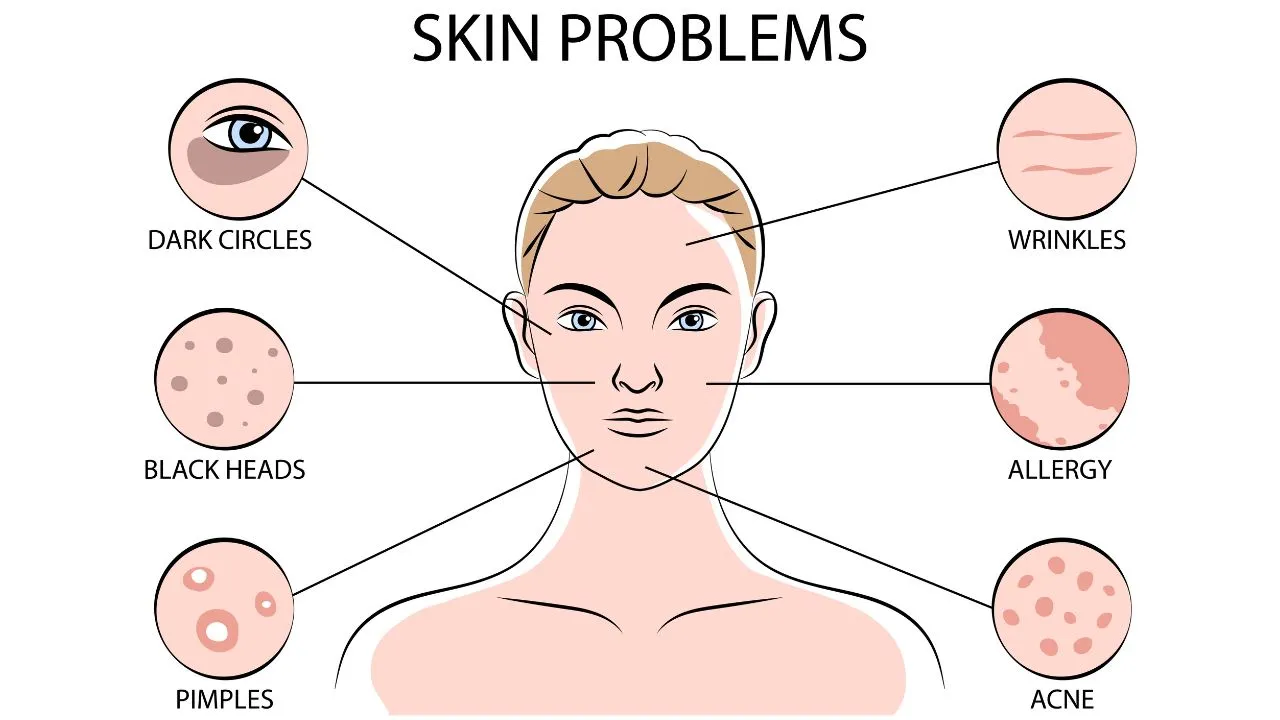Consult with a professional skin cancer with routine screenings.
Consult with a professional skin cancer with routine screenings.
Blog Article
Navigating Skin Cancer Cells Treatment: The Vital Role of Mohs in Modern Dermatology Practices
Skin cancer, an overwhelming diagnosis, usually leaves clients grappling with countless treatment choices. As we discover the complexities of this treatment, one will certainly appreciate its critical duty in skin cancer therapy.
Recognizing Skin Cancer Cells: Types and Dangers
Skin cancer cells, a possibly dangerous condition, is far a lot more widespread than many individuals realize. This disease, triggered by the unchecked development of irregular skin cells, primarily results from DNA damage as a result of direct exposure to the sun and ultraviolet (UV) light. There are 3 major kinds of skin cancer cells: Basic cell carcinoma, Squamous cell cancer, and Melanoma. While the former two are less lethal and compose most of identified cases, melanoma is one of the most dangerous. It makes up only about 1% of skin cancer situations but triggers the substantial bulk of skin cancer cells fatalities - skin cancer. Risk variables include fair skin, background of sunburn, extreme sun exposure, living at high altitudes or close to the equator, having numerous moles, a household history of skin cancer, and compromised immune system.
What Is Mohs Surgical treatment and How It's Revolutionizing Skin Cancer Cells Treatment
Regardless of the numerous therapies presently offered for skin cancer cells, Mohs surgical procedure stands out as a groundbreaking and very reliable solution. Called after Frederic E. Mohs, the medical professional who developed the treatment, Mohs surgery is an exact medical method utilized to deal with skin cancer. This degree of precision, combined with the capacity to spare as much healthy cells as feasible, is changing skin cancer treatment.
The Advantages of Mohs Surgical Treatment Over Traditional Skin Cancer Cells Therapies
Structure on the innovative nature of Mohs surgical procedure, it's crucial to consider its numerous benefits over typical skin cancer cells treatments. Unlike common procedures, Mohs supplies a higher treatment rate, commonly reaching 99% for newbie treatments and 94% for frequent cancers. Furthermore, it minimizes damage to healthy and balanced skin, leading to much less scarring and improved cosmetic end results.
The Procedure of Mohs Surgical Treatment: What to Anticipate During the Process
:max_bytes(150000):strip_icc()/GettyImages-1154030721-974bcd6d70ff4489ba961317f1f3640f.jpg)
Possible Negative Effects and Post-Operative Treatment of Mohs Surgical Treatment
Undergoing Mohs surgical treatment, like any kind of other surgery, includes possible adverse effects that patients must recognize. Typical adverse effects include pain, wounding, and swelling at the surgery website. Nonetheless, these are typically short-lived and manageable with non-prescription pain medication and cold pack. In unusual instances, individuals might experience infection, bleeding, or a sensitive response to the local anesthetic. Post-operative care is critical to healing and about his decreasing adverse effects. This typically includes maintaining the injury tidy and dry, taking recommended medicines, and avoiding exhausting activities. Patients ought to also go to all follow-up visits for injury treatment and tracking. Sometimes, extra therapies may be needed to make sure total elimination of the malignant cells. Complying with these post-operative care guidelines can significantly improve recovery and outcomes.
Conclusion

Report this page